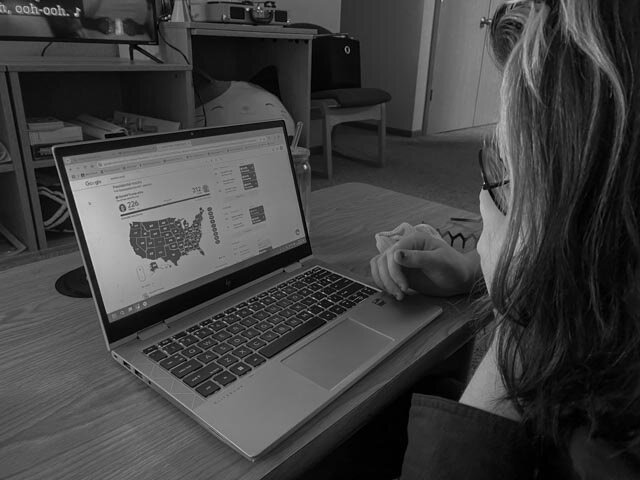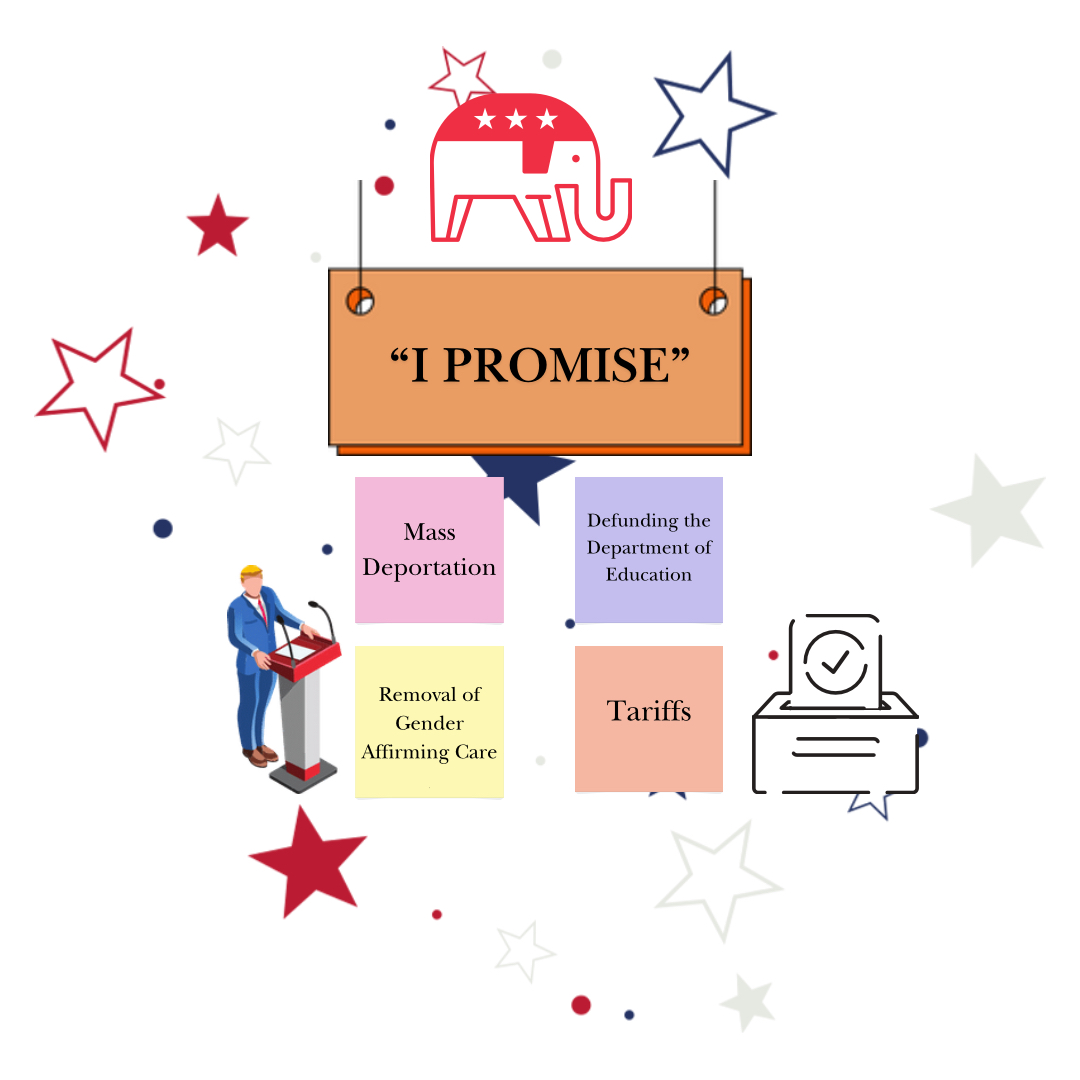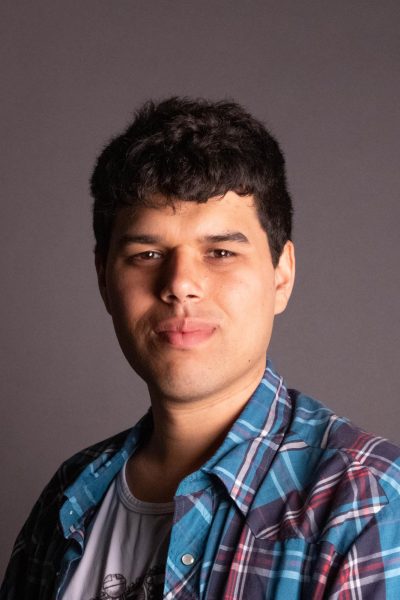American history is filled with several acts of inequality among the residents who live here. From the institution of slavery to the segregation of several groups from Black and Latino to Italian and Irish or Asian it seems the history of the U.S. has had a struggle truly becoming the melting pot we associate it with today. Many people who have come here either by force or choice have faced discrimination, systematic oppression, or some other injustice that have stained the history of the United States. These stains unfortunately have left lasting impacts on the people affected by the atrocities leaving a question for people today. “How do you rectify the mistakes of the past?” This has sparked an ongoing debate among the American public about how to answer this question. With November being Native American Heritage Month there has been a discussion about this debate for the Native People of the United States.
Anyone who has gone to an event at Winona State most likely heard the runners refer to the land the university sits on as the land of the Dakota. This acknowledgement of the history of the land is the first step for many in an attempt to mend the rough history between the Settlers and the Natives. These small words are not the only attempt though. Every year the Winona Dakota Unity Alliance hosts a gathering in an attempt to bridge the gap between Native People and the people of Winona. The focus of this gathering is to spread information about Native culture and about the history of the United States from the perspective of the Native people.
These efforts eventually led to a bigger question to be asked. In the effort to right the wrongs of the past, do we give the land back to the Native People who lived there before we arrived? Dr. Denise McDowell Vice President for Enrollment and Student Life at Winona State shared her perspective on the situation saying,
“When we learn about our history, we learn…maybe this land isn’t ours. If it was discovered that the land was improperly obtained…It is up to the people to…research further and if there was injustice…to correct it.”
Across the country the injustices faced by Native Peoples have been addressed with some states attempting to resolve broken treaties or mistreatment of Natives by returning the land to them. A recent example comes from this year where land within Minnesota State Park was returned to the Sioux tribe who had a burial there. The site marks the tensions that sparked the U.S. Dakota War of 1862 which eventually led to the largest mass hanging in American history. This hanging is often called “The 38 plus 2” by the Native people of Winona and a monument stands in Mankato as a reminder of those who died fighting the injustice they faced from the settlers at the time.
McDowell would explain how the corrections to history’s mistakes do not solely have to be done by the government. There are several non-profits who have made a mission to return land to the Native Tribes. They do this by purchasing large portions of land and giving ownership to the tribes that inhabited that land before the settlers’ arrival.
Though progress has been made to right the wrongs of history, the discussion on returning land to the Natives in ongoing as people debate if and what land should be given to the Natives.










































